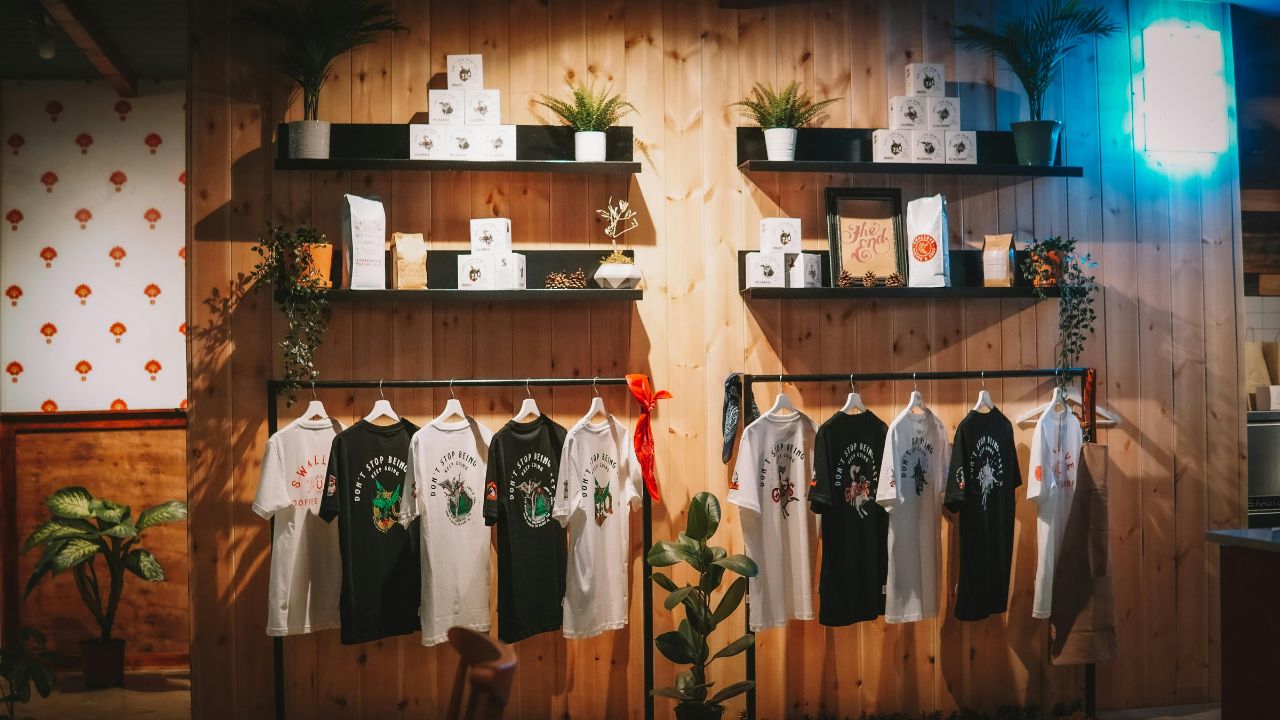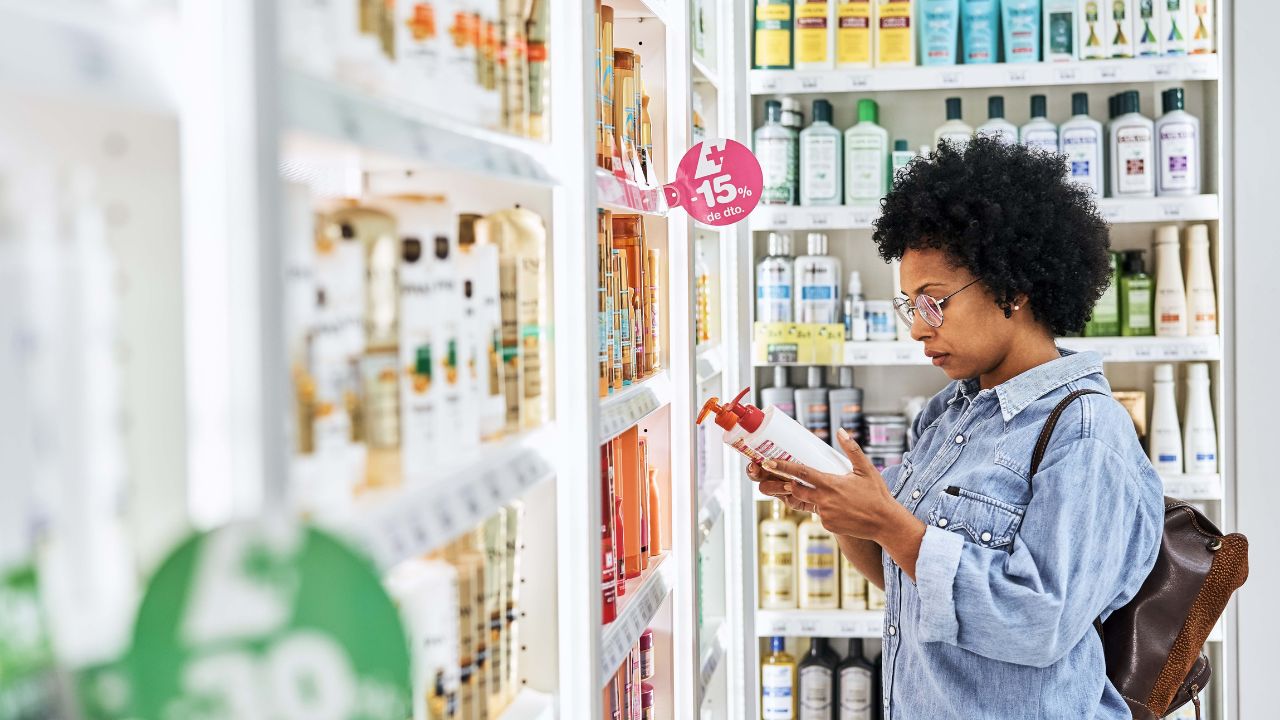The retail industry is an intricate web of activities, each playing a crucial role in ensuring success. Among these, merchandising and retailing are two essential components often used interchangeably, but they are not the same.
Knowing the difference between merchandising and retailing can help businesses improve their strategies. This can attract customers, boost sales, and create a smooth shopping experience in stores or online.
This blog looks at the main differences between merchandising and retailing. It also shows how these ideas work together to create successful retail spaces.
What is Merchandising?
Merchandising refers to the planning and execution of strategies to promote and sell products effectively. It encompasses various tactics to ensure the right products are available at the right time, in the right place, and at the right price.
Effective merchandising uses techniques like product placement, store displays, and visual merchandising to engage and attract customers.
Key Components of Merchandising
- Visual Merchandising
Visual merchandising involves designing eye-catching displays and arranging products in a way that draws attention and encourages purchases. Window displays and shelving layouts are classic examples of this strategy.
- Product Placement
Positioning products strategically within a retail store impacts whether they catch customers’ attention. For example, placing high-margin items at eye level can lead to a significant boost in sales.
- Merchandising Plan
A merchandising plan outlines how products will be stocked, priced, and promoted over time. An effective plan ensures stock levels meet demand, preventing understocks or overstocks.
- Retailers Merchandising Strategies
Retailers utilize specific merchandising strategies such as bundling, promotions, and seasonal displays to encourage customers to buy. The focus is on making the shopping experience seamless and enticing.
How Merchandising Attracts and Retains Target Customers
Merchandising revolves around understanding your target customers’ needs and preferences. It drives customer retention by offering curated product assortments, enhancing the overall shopping experience, and ensuring that store displays align with consumer expectations.
What is Retailing?
Retailing, on the other hand, refers to the actual sale of products to consumers. It is the endpoint where transactions happen, completing the lifecycle of a product. Retailing happens in physical stores and online shopping sites. It involves creating engaging spaces to ensure a good customer experience.
Key Activities in Retailing
- Buying and Stocking Products
Retailers must decide which products to stock based on market demands, trends, and customer behavior.
- Selling Products
The primary goal of retailing is to successfully sell products by making them accessible and appealing to potential buyers.
- Customer Service
Excellent customer service is a differentiating factor in retailing. Whether in a store or online, helping customers with their questions is key to building trust and loyalty.
- Creating Retail Environments
Retail environments, including both physical stores and online interfaces, need to engage customers by offering convenience, variety, and a smooth purchasing experience.
The Role of Retailing in the Shopping Experience
Retailing enhances the shopping experience by enabling consumers to purchase conveniently. It includes every part of the buyer’s experience with the retail business. This starts from browsing and goes to payment. It highlights a smooth change from wanting to buying.
Key Difference Between Merchandising and Retailing
Although merchandising and retailing work together to achieve sales goals, their purposes and functions differ significantly. Here’s a breakdown of their key differences:
| Feature | Merchandising | Retailing |
| Definition | Planning and promoting the sale of products | Selling products directly to customers |
| Objective | To prepare products for sale and attract consumers | To sell the products to customers |
| Scope | Includes visual merchandising, product placement, and pricing strategies | Focuses on retail environments, customer service, and final sales |
| Nature of Activities | More creative and strategic, focusing on display arrangements | Transaction-focused, emphasizing customer satisfaction |
| Examples | Designing window displays or creating a seasonal display | Completing purchases at a cash register or online checkout |
The Interconnection Between Merchandising and Retailing
Merchandising lays the groundwork for effective retailing. Retailers rely heavily on merchandising strategies to attract customers and maximize foot traffic or web visits. Eye-catching displays, attractive pricing, and product availability directly influence retail success.
In a physical store, well-planned displays help guide customers as they shop. This encourages them to make extra purchases. Similarly, on an online shopping platform, filters, recommendations, and targeted ads perform a similar function.
How Merchandising and Retailing Work Together to Increase Sales
Both merchandising and retailing aim to increase sales and build customer loyalty. A good merchandising plan makes sure that popular products are fully stocked.
These products should be promoted through marketing campaigns. They should also be arranged in a visually appealing way. Retailing picks up where merchandising leaves off, offering simplified purchasing options and memorable customer service to close the sale.
Examples of Their Symbiosis
- Promotions and Discounts
A retailer can use a merchandiser’s advice to choose products for promotions. This helps ensure discounts attract target customers and increase sales.
- Seasonal Arrangements
During holidays, visual merchandising may focus on developing elaborate window displays that draw shoppers inside. Once in the store, retail strategies ensure these shoppers complete transactions.
- Online Shopping Optimization
On an online shopping site, merchandising focuses on product positioning, such as placing bestsellers at the top of search results. Retailing ensures that the checkout process is seamless and secure.
How to Excel in Both Merchandising and Retailing?
Best Practices for Merchandising
- Understand the Target Audience
Tailor merchandising strategies to the demographic and psychographic preferences of your customers.
- Use Data Analytics
Leverage sales data to plan stocking, promotions, and marketing strategies that resonate with consumer habits.
- Invest in Visual Merchandising
Design attractive environments through eye-catching displays, product placement, and innovative store displays.
- Plan for Seasonality
Develop a comprehensive merchandising plan to address different buying trends throughout the year.
Winning Retailing Strategies
- Seamless Omnichannel Presence
Ensure consistency between physical stores and online shopping interfaces for a smooth shopping experience.
- Prioritize the Customer Experience
Invest in retail staff training and digital tools to enhance customer experience across all touchpoints.
- Track Consumer Feedback
Listen to your customers to refine your retail environments and better understand how to attract customers.
Closing Thoughts
The distinction between merchandising and retailing is clear when viewed through the lens of their respective functions. Both are important for selling products. Merchandising focuses on preparing and presenting products attractively. Retailing delivers those products to consumers through an easy purchasing process.
If you want to improve your retail strategy, check out precision marketing and merchandising solutions with Marketing Immersion. Unlock the potential to design better marketing strategies and boost performance across your retail store or online business.
Merchandising and retailing might function differently, but together, they form the backbone of a powerful retail operation.






